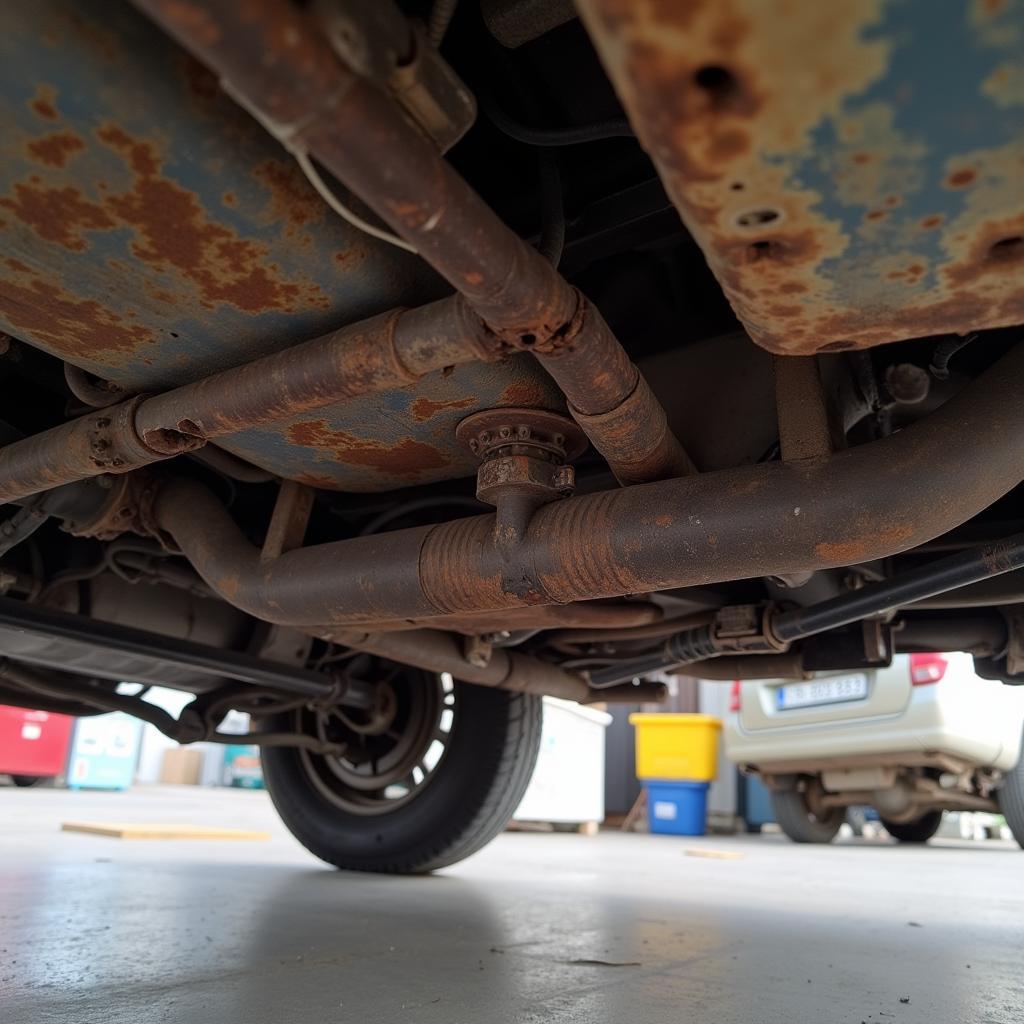Japanese import cars have a reputation for reliability and affordability. However, like any vehicle, they can experience issues. Whether you’re a proud owner of a JDM (Japanese Domestic Market) car or a mechanic specializing in imports, understanding these common problems can save you time, money, and frustration.
Decoding the Challenges: Common Japanese Import Cars Problems
While Japanese engineering is renowned for its quality, some challenges can arise, especially in vehicles not initially designed for your market. Let’s delve into these issues and explore solutions:
1. Parts Availability and Compatibility: The Quest for the Right Fit
The Problem: One of the biggest headaches with Japanese import cars is finding the right parts. Since these vehicles aren’t as common as domestic models, local auto parts stores may not stock the necessary components. Moreover, parts designed for the Japanese market might not always be compatible with models modified for export.
The Solution:
- Embrace Online Marketplaces: Online platforms specializing in JDM parts are your best friend. Websites like [Example of a JDM parts website] offer a wide selection of genuine and aftermarket components.
- Consult Specialized Mechanics: Mechanics experienced with Japanese imports often have established relationships with suppliers who can source hard-to-find parts.
- VIN is Key: Always have your Vehicle Identification Number (VIN) handy when ordering parts. This ensures you get components that match your car’s specific make, model, and year.
2. Language Barriers: Lost in Translation
The Problem: Imagine popping the hood and encountering a sea of Japanese characters on warning labels and instructions. This language barrier can make troubleshooting and repairs challenging.
The Solution:
- Smartphone to the Rescue: Translation apps can be incredibly helpful. Use your smartphone camera to instantly translate text on the fly.
- Service Manuals are Your Friend: Invest in a service manual specific to your vehicle’s model. These manuals often provide detailed diagrams and instructions, even if they are in Japanese.
- Don’t Be Afraid to Ask: Online forums dedicated to Japanese import cars are treasure troves of information. Connect with fellow owners or mechanics who can decipher the meaning behind those unfamiliar characters.
3. Electrical Gremlins: Navigating the Wiring Maze
The Problem: Electrical systems in some Japanese import cars can be complex. Differences in voltage and wiring standards between Japan and other countries can lead to compatibility problems.
The Solution:
- Find a Specialist: When it comes to electrical issues, it’s best to consult a qualified electrician or mechanic with expertise in Japanese imports. They have the knowledge and tools to diagnose and repair these intricate systems.
- Check for Modifications: If you’re buying a used JDM car, inquire about any modifications made to the electrical system. Aftermarket installations that weren’t done properly can create headaches down the road.
4. Metric System Mayhem: The Importance of the Right Tools
The Problem: Japan uses the metric system, which means bolts, nuts, and other fasteners on your import car won’t be the standard sizes you find in some countries. Using the wrong tools can strip bolts and lead to costly repairs.
The Solution:
- Invest in a Metric Toolset: A basic set of metric wrenches, sockets, and screwdrivers is essential for any Japanese import car owner.
- Label Clearly: Organize your tools and label them clearly to avoid confusion between metric and standard sizes.
5. Rust and Corrosion: The Enemy of Coastal Imports
The Problem: Many Japanese import cars are shipped from coastal regions of Japan, where salt air and humidity can accelerate rust and corrosion.
The Solution:
- Inspect Thoroughly: When buying a used JDM car, inspect it carefully for signs of rust, particularly around the wheel wells, undercarriage, and exhaust system.
- Rust Prevention: Consider applying rustproofing treatments, especially if you live in a coastal area or an area with harsh winters.
 Inspecting Undercarriage of a JDM Car
Inspecting Undercarriage of a JDM Car
Expert Insight: A Mechanic’s Perspective
“I’ve been working on Japanese imports for over 20 years,” says Master Technician Hiroshi Tanaka, owner of Tanaka Auto Imports in Los Angeles. “The key is to be proactive. Regular maintenance, using high-quality parts, and addressing small problems before they become major ones will keep your JDM car running smoothly for years to come.”
Conclusion: Enjoy the Ride
Owning a Japanese import car can be a rewarding experience. By understanding these common problems and taking preventative measures, you can overcome the challenges and enjoy the unique style, performance, and reliability that these vehicles offer. If you’re ever in doubt or need assistance, don’t hesitate to reach out to the experts at AutoTipPro at +1 (641) 206-8880 or visit our office located at 500 N St Mary’s St, San Antonio, TX 78205, United States. We’re here to keep your JDM dream alive and on the road.







Leave a Reply